[toc]
Australian Competition and Consumer Commission
Who is accessing
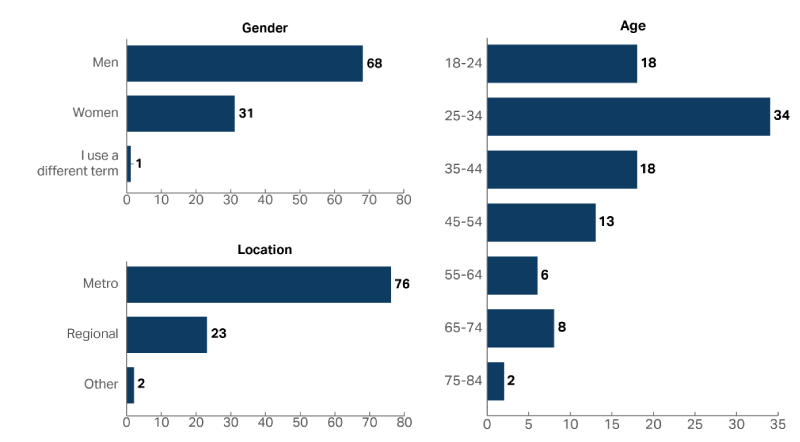
How are people accessing
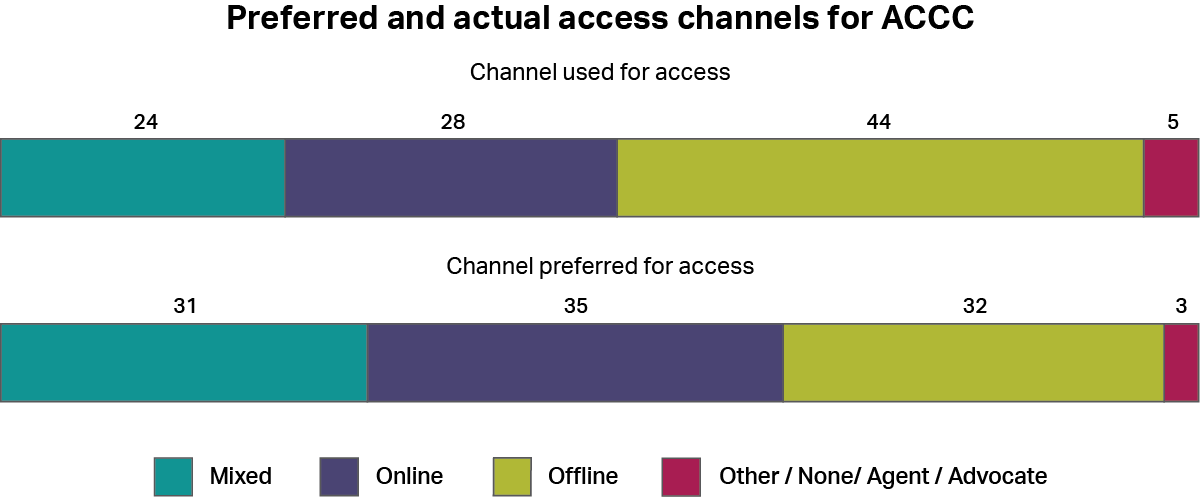
Historical Performance
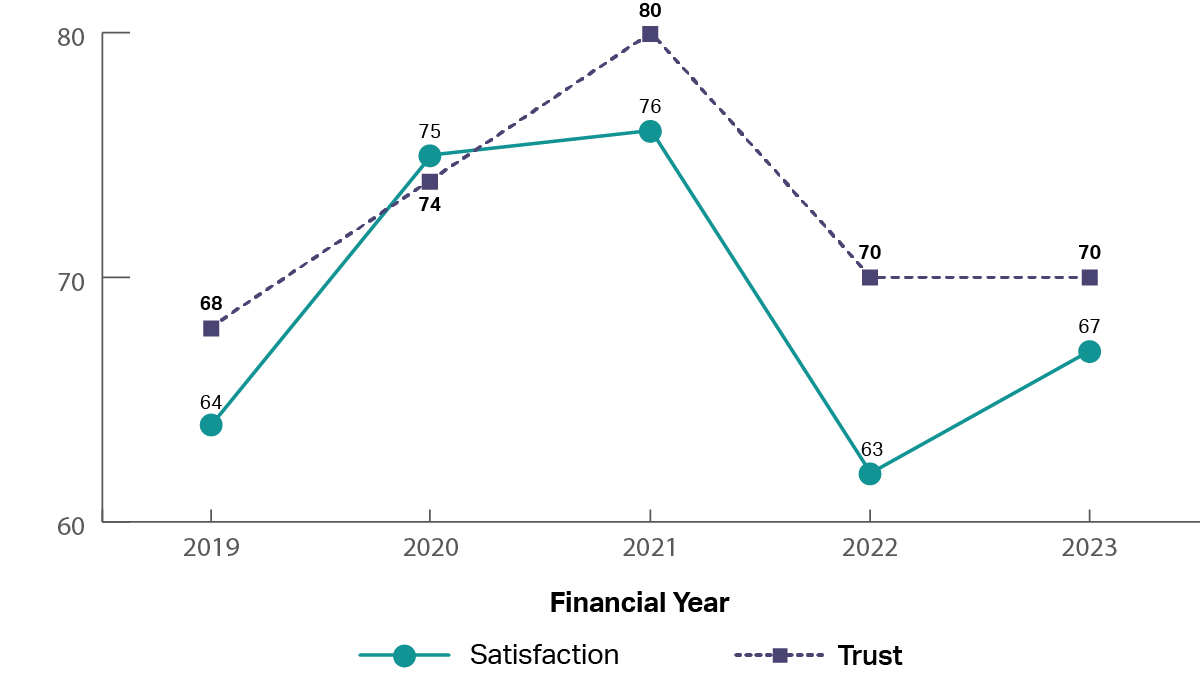
The experience
Image
The top rated drivers of satisfaction were:
| Image
The lowest rated drivers of satisfaction were:
|
Australian Electoral Commission
Who is accessing
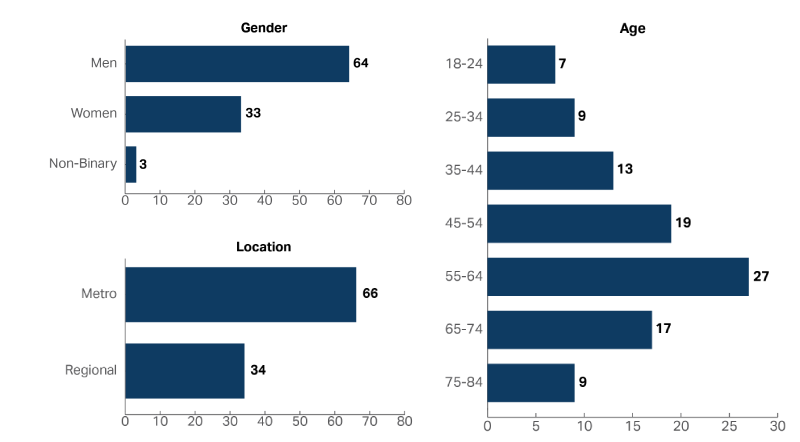
How are people accessing

Historical Performance

The experience
Image
The top rated drivers of satisfaction were:
| Image
The lowest rated drivers of satisfaction were:
|
Australian Taxation Office
Who is accessing

How are people accessing

Historical Performance
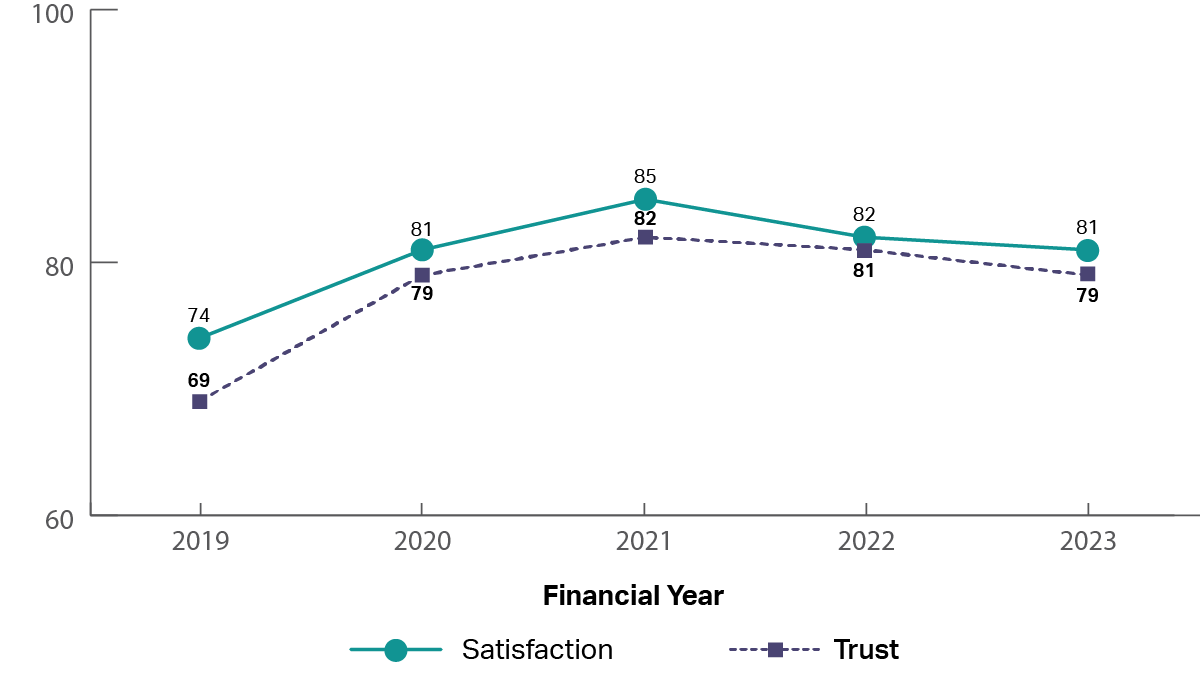
The experience
Image
The top rated drivers of satisfaction were:
| Image
The lowest rated drivers of satisfaction were:
|
Department of Agriculture, Fisheries and Forestry
Who is accessing

How are people accessing

Historical Performance
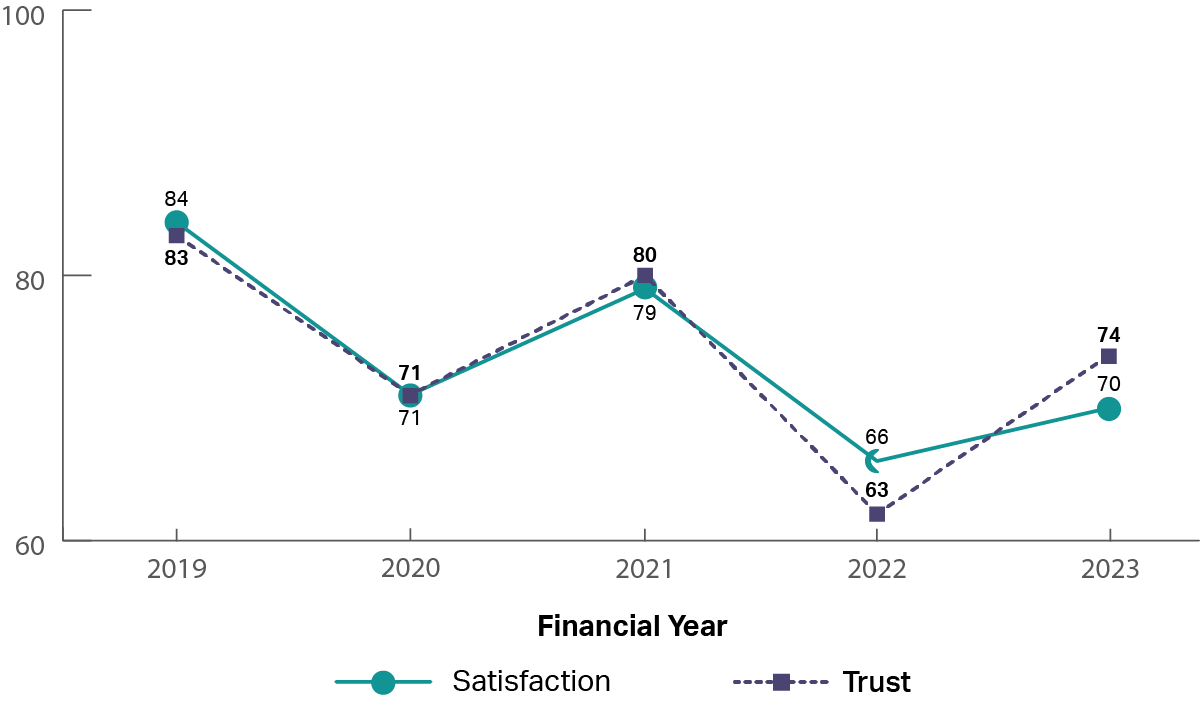
The experience
Image
The top rated drivers of satisfaction were:
| Image
The lowest rated drivers of satisfaction were:
|
Department of Education
Who is accessing

How are people accessing

Historical Performance
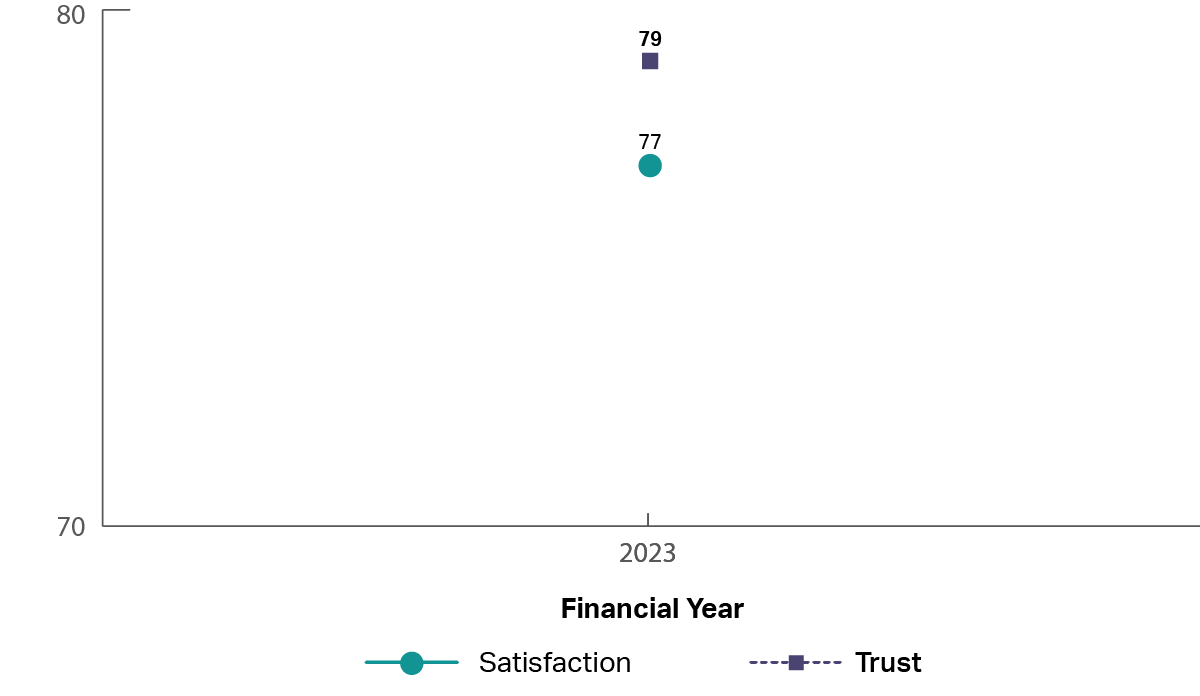
The experience
Image
The top rated drivers of satisfaction were:
| Image
The lowest rated drivers of satisfaction were:
|
Department of Employment and Workplace Relations
Who is accessing
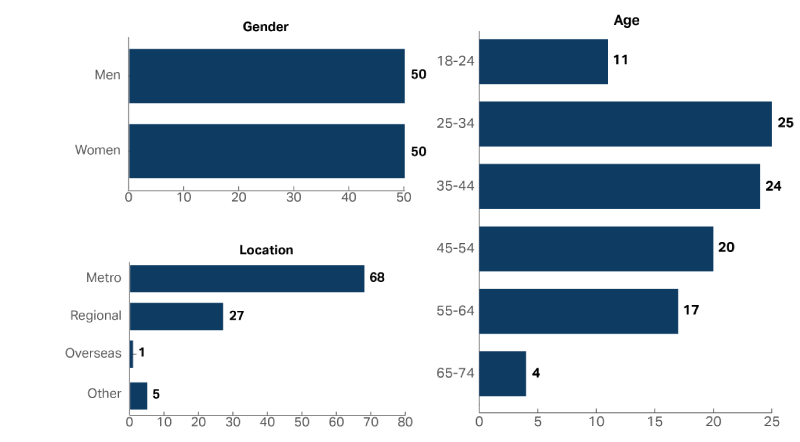
How are people accessing
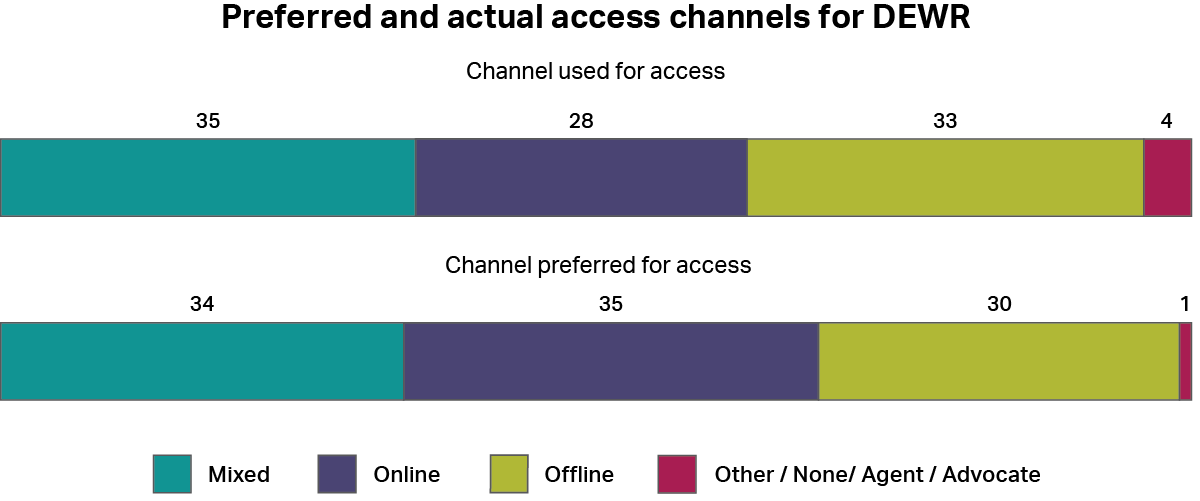
Historical Performance
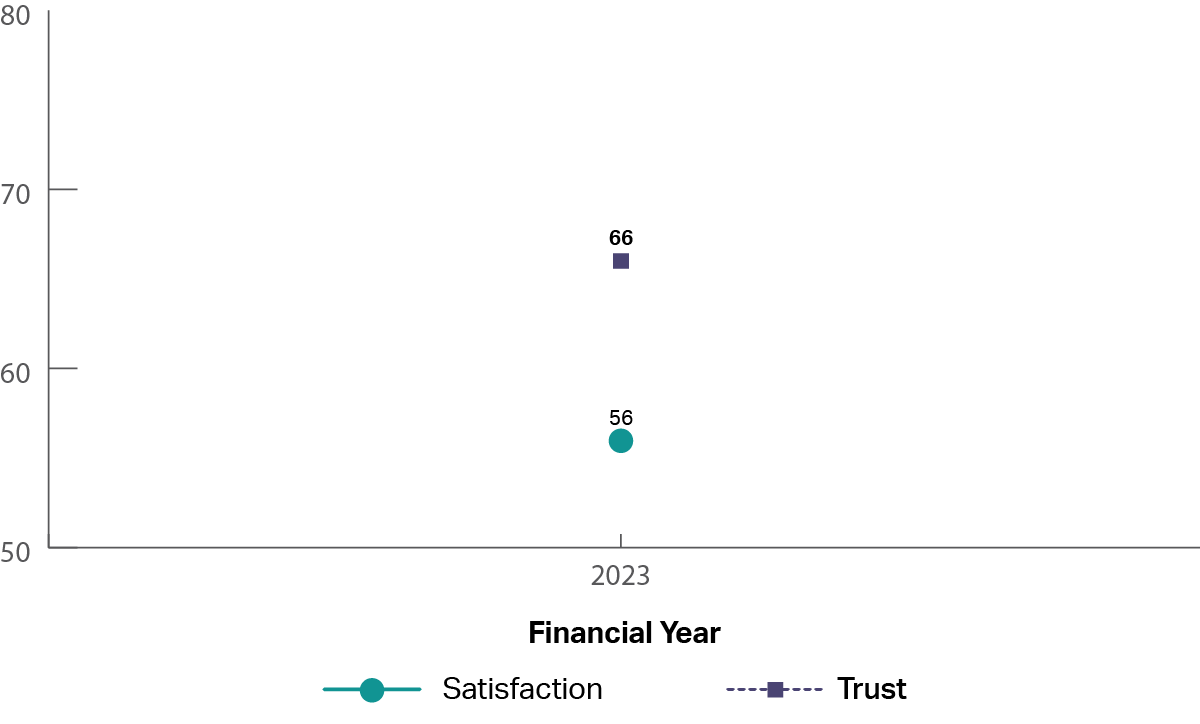
The experience
Image
The top rated drivers of satisfaction were:
| Image
The lowest rated drivers of satisfaction were:
|
Department of Foreign Affairs and Trade
Who is accessing
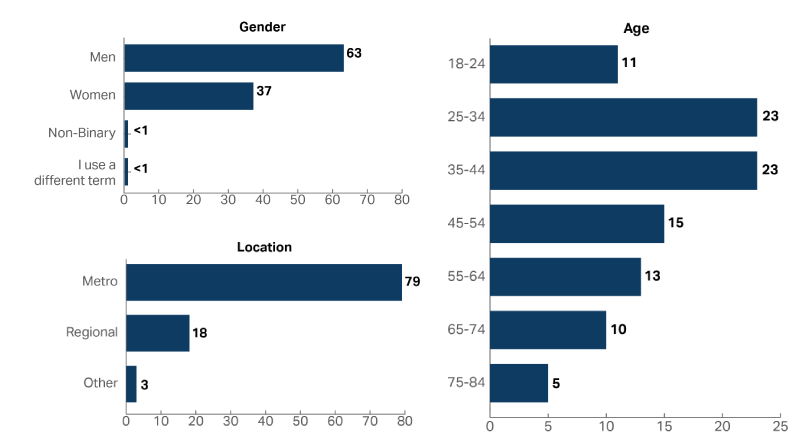
How are people accessing
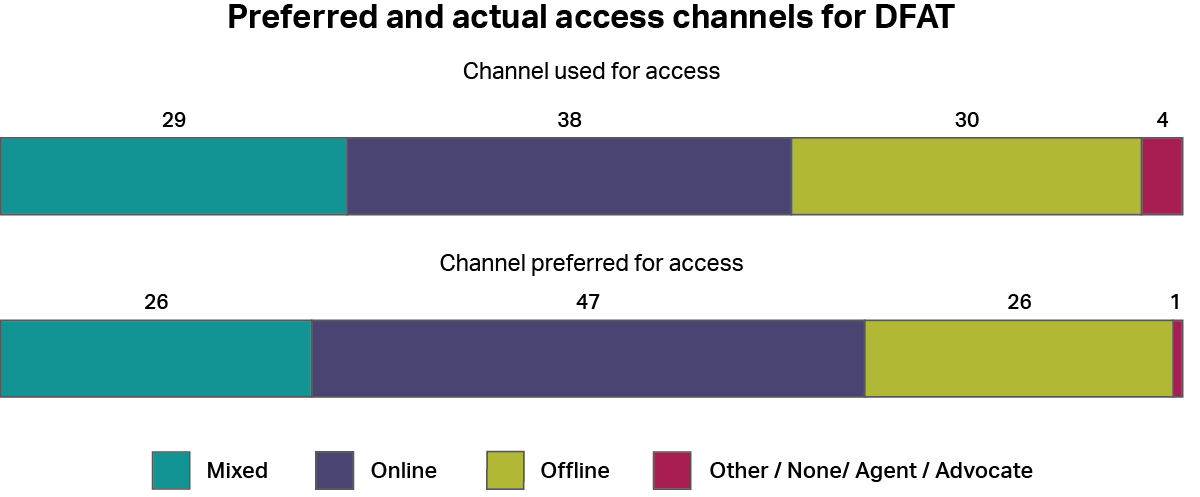
Historical Performance
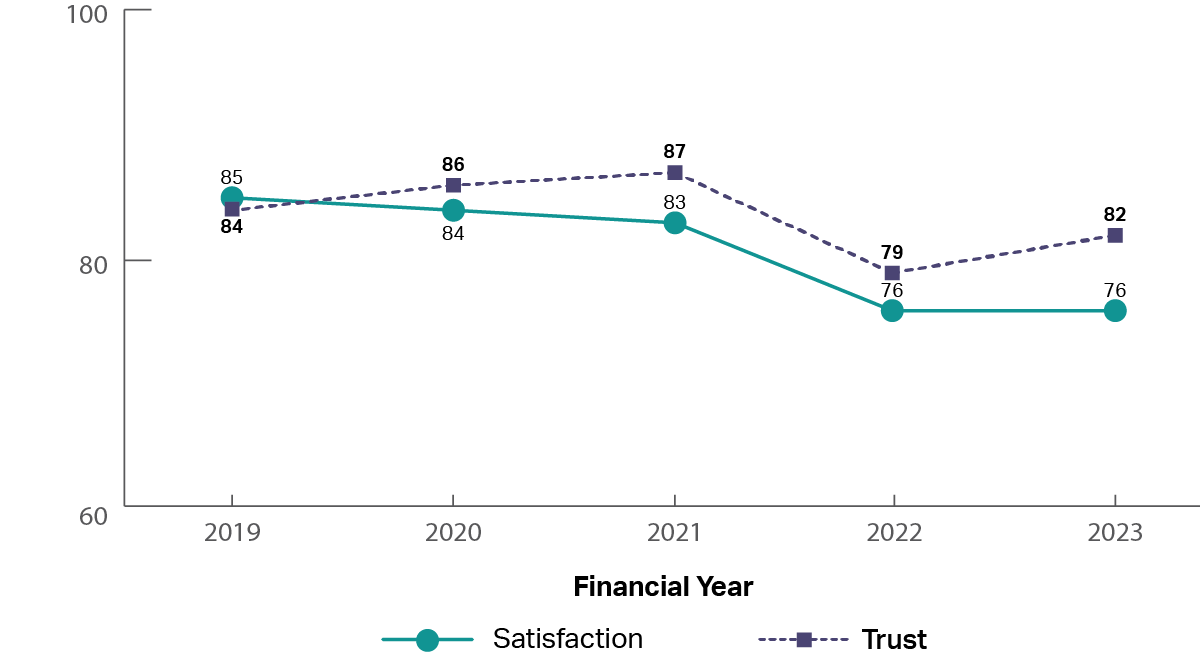
The experience
Image
The top rated drivers of satisfaction were:
| Image
The lowest rated drivers of satisfaction were:
|
Department of Home Affairs
Who is accessing

How are people accessing
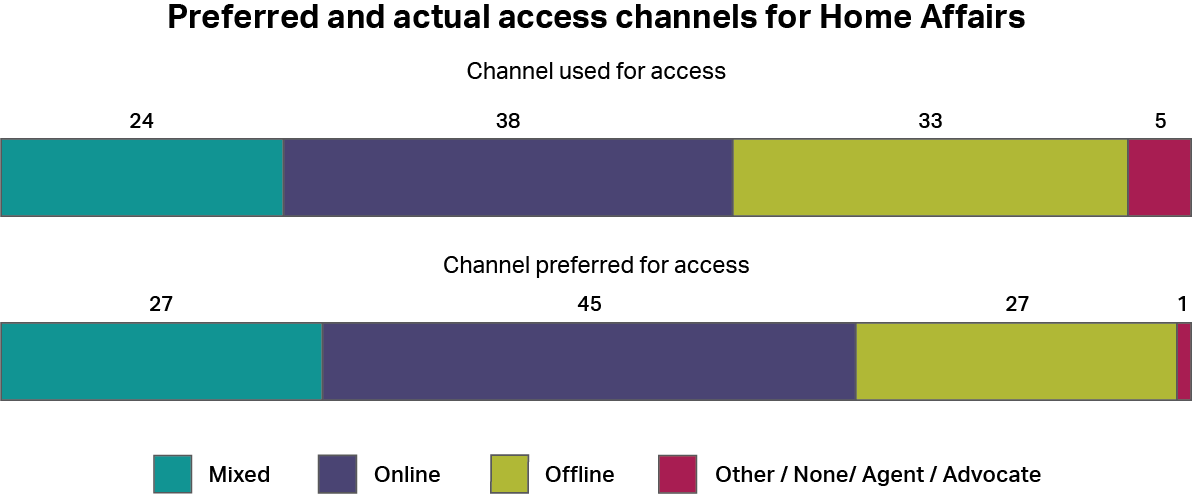
Historical Performance

The experience
Image
The top rated drivers of satisfaction were:
| Image
The lowest rated drivers of satisfaction were:
|
Department of Veterans’ Affairs
Who is accessing
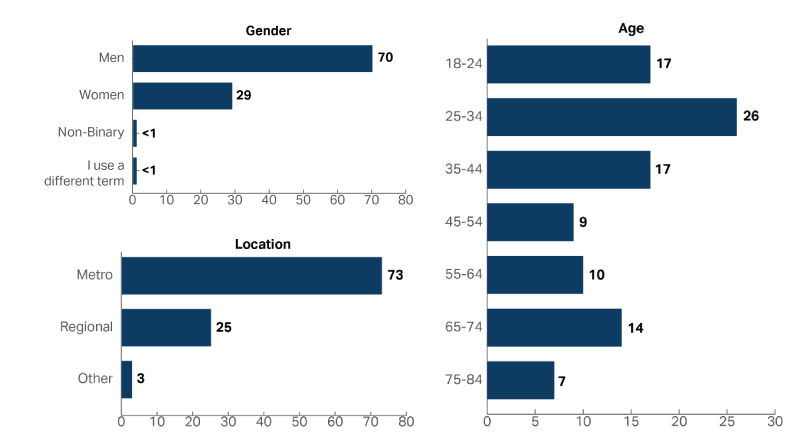
How are people accessing

Historical Performance

The experience
Image
The top rated drivers of satisfaction were:
| Image
The lowest rated drivers of satisfaction were:
|
Fair Work Ombudsman
Who is accessing

How are people accessing
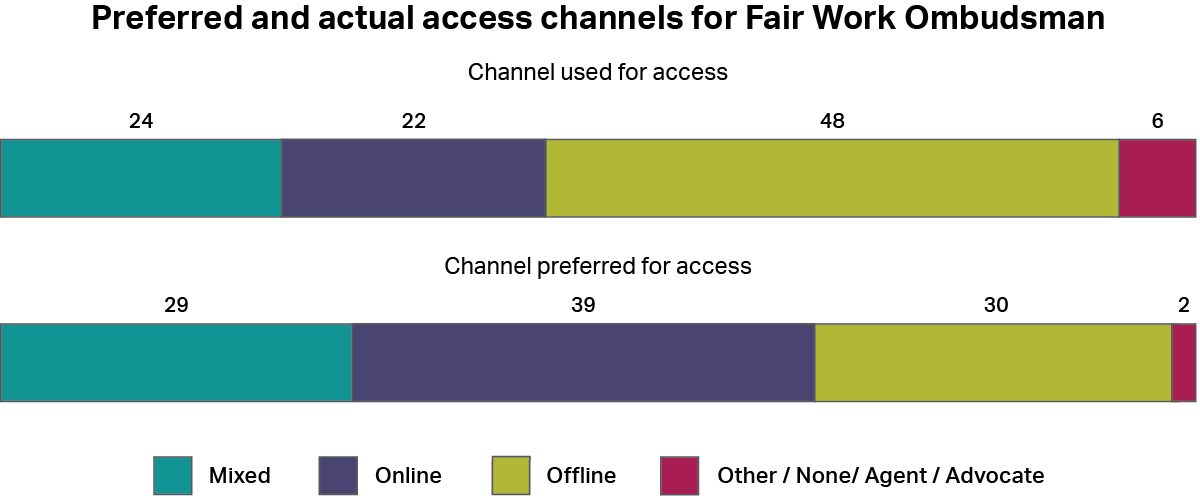
Historical Performance
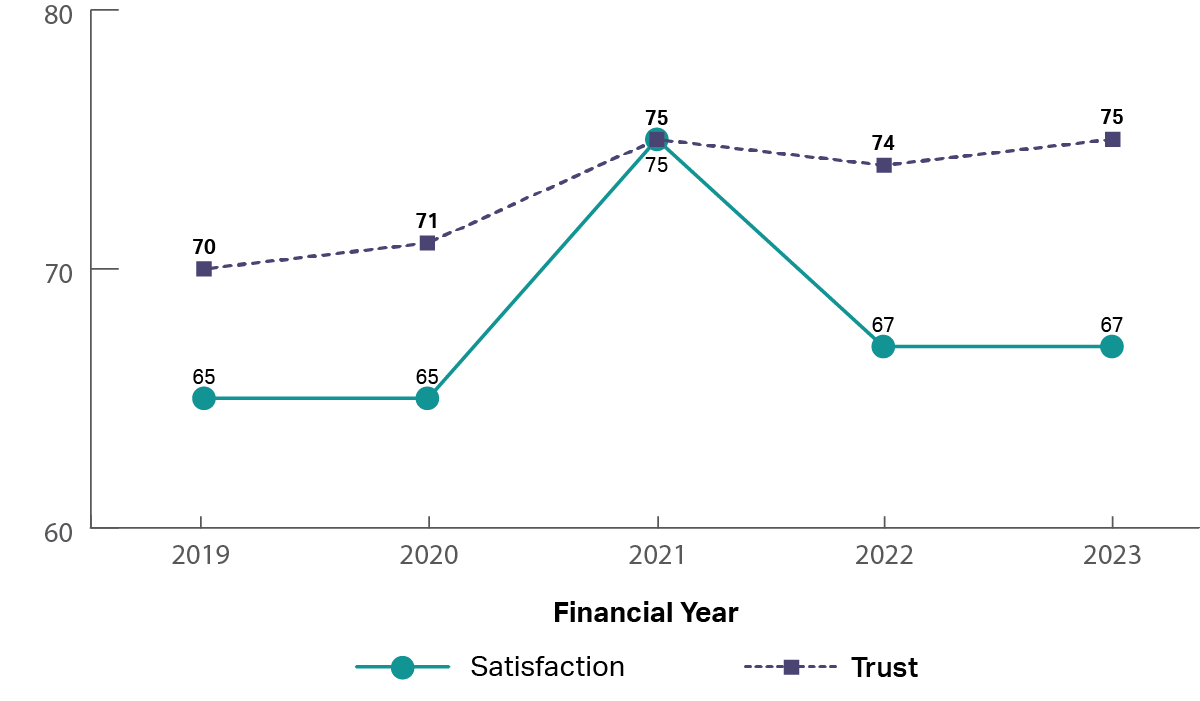
The experience
Image
The top rated drivers of satisfaction were:
| Image
The lowest rated drivers of satisfaction were:
|
My Aged Care
Who is accessing

How are people accessing

Historical Performance

The experience
Image
The top rated drivers of satisfaction were:
| Image
The lowest rated drivers of satisfaction were:
|
National Disability Insurance Scheme
Who is accessing

How are people accessing

Historical Performance

The experience
Image
The top rated drivers of satisfaction were:
| Image
The lowest rated drivers of satisfaction were:
|
Parks Australia
Who is accessing

How are people accessing

Historical Performance
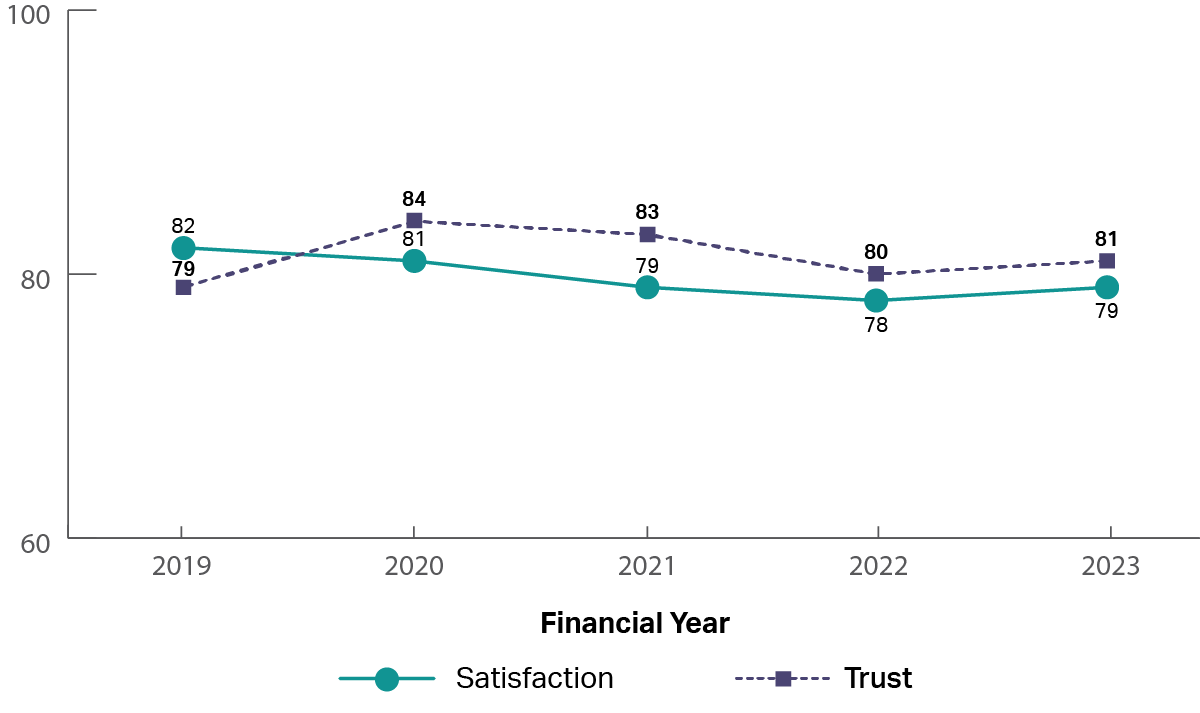
The experience
Image
The top rated drivers of satisfaction were:
| Image
The lowest rated drivers of satisfaction were:
|
Pharmaceutical Benefits Scheme
Who is accessing

How are people accessing

Historical Performance

The experience
Image
The top rated drivers of satisfaction were:
| Image
The lowest rated drivers of satisfaction were:
|
Services Australia - Centrelink
Who is accessing
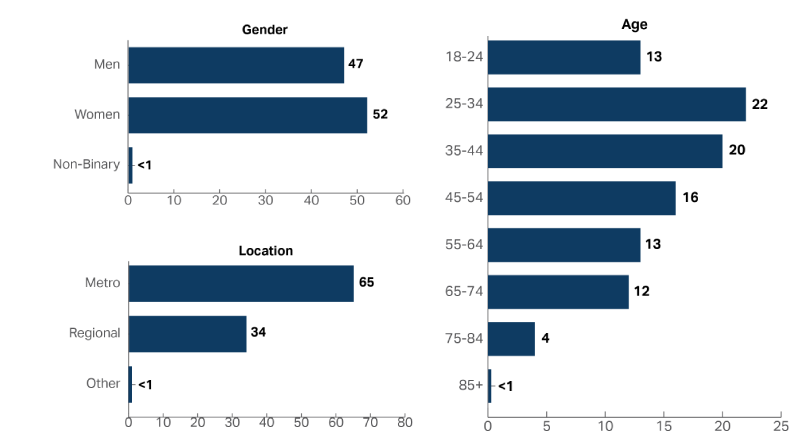
How are people accessing
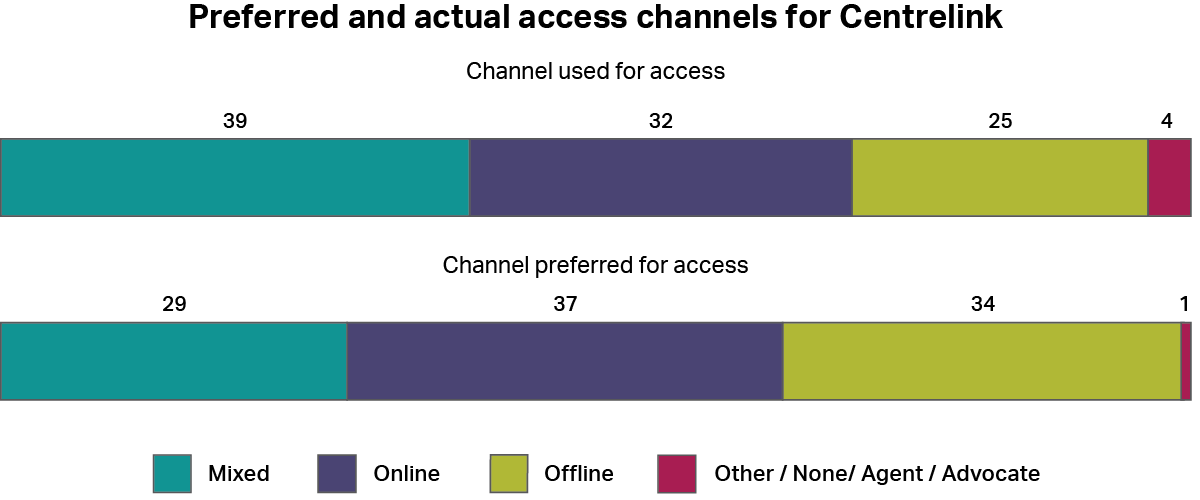
Historical Performance

The experience
Image
The top rated drivers of satisfaction were:
| Image
The lowest rated drivers of satisfaction were:
|
Services Australia - Child Support
Who is accessing

How are people accessing

Historical Performance

The experience
Image
The top rated drivers of satisfaction were:
| Image
The lowest rated drivers of satisfaction were:
|
Services Australia - Medicare
Who is accessing

How are people accessing

Historical Performance

The experience
Image
The top rated drivers of satisfaction were:
| Image
The lowest rated drivers of satisfaction were:
|
